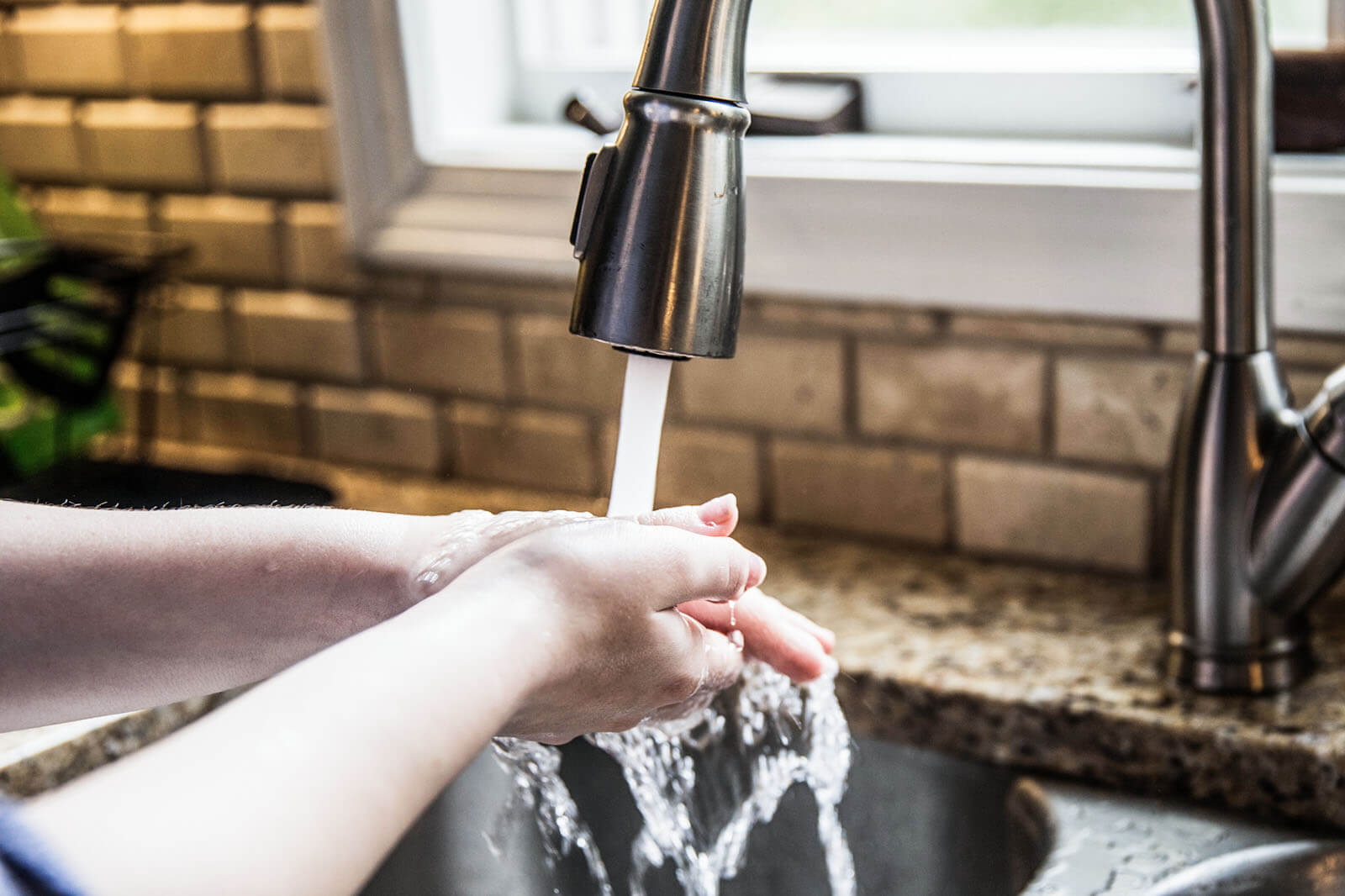

Articles
Where Does Sink Water Come From
Modified: October 20, 2024
Discover the source of sink water in our insightful article. Gain knowledge and understanding on where sink water comes from and its journey to your home.
(Many of the links in this article redirect to a specific reviewed product. Your purchase of these products through affiliate links helps to generate commission for Storables.com, at no extra cost. Learn more)
Introduction
Have you ever wondered where the water that flows out of your sink comes from? It’s easy to take for granted the convenience of having clean, fresh water readily available in our homes, but understanding where this water originates can help us appreciate the intricate processes and systems that ensure its delivery to our faucets. In this article, we will explore the different sources of sink water, ranging from municipal water supplies to natural sources like groundwater and surface water. Let’s dive in!
When we turn on the tap, the water that comes out is typically sourced from either a municipal water supply or natural sources such as groundwater and surface water. Municipal water supplies are the most common source of sink water for urban areas, while rural areas may rely more heavily on natural sources. Let’s take a closer look at each of these sources to gain a better understanding of where our sink water comes from.
Key Takeaways:
- Sink water comes from various sources, including municipal supplies, groundwater, surface water, and rainwater harvesting. Understanding these sources helps us appreciate the complex processes that deliver clean water to our taps.
- Water treatment processes, such as filtration and disinfection, are crucial in ensuring the safety and quality of sink water. The distribution system then delivers this treated water reliably and efficiently to our homes and businesses.
Read more: Where Does The Bidet Water Come From
Municipal Water Supply
In urban areas, the most common source of sink water is the municipal water supply. Municipalities are responsible for sourcing, treating, and distributing water to the residents within their jurisdiction. The process begins with the collection of water from various sources, including rivers, lakes, and reservoirs.
Once the water is collected, it undergoes a series of treatment processes to ensure its safety and quality. The water is first screened to remove large debris and particles. Then, it goes through a process called coagulation, where chemicals are added to help particles clump together and settle to the bottom.
The next step in the treatment process is filtration. The water passes through different layers of filters, which remove smaller impurities and particles that were not captured during coagulation. This helps to improve the clarity and purity of the water.
After filtration, the water goes through a disinfection process. Chlorine or other disinfectants are added to kill any remaining bacteria, viruses, and other harmful microorganisms. This step is crucial in ensuring that the water is safe for consumption.
Once the water is treated, it is stored in reservoirs or elevated water towers before being distributed to individual households and businesses. The distribution system consists of an extensive network of pipes that transport the water to various locations. Pressure is maintained in the system to ensure a steady flow of water to consumers.
It’s worth noting that municipal water supplies undergo regular testing and monitoring to ensure compliance with water quality standards. Water testing laboratories analyze samples from different points in the distribution system to verify its safety and quality.
The use of a municipal water supply ensures that residents have access to a reliable and regulated source of sink water. It provides peace of mind knowing that the water delivered to our homes has undergone rigorous treatment processes to meet health and safety standards.
However, it’s important to keep in mind that the quality of water can vary from one municipality to another. Factors such as the source of the water, treatment methods employed, and the condition of the distribution system can all impact the quality of the water that reaches our sinks.
In the next sections, we will explore natural sources of sink water, including groundwater and surface water, and how they contribute to our water supply.
Groundwater Sources
In addition to municipal water supplies, a significant portion of sink water comes from underground sources known as groundwater. Groundwater refers to the water that is stored beneath the Earth’s surface in aquifers, which are permeable rock formations capable of holding and transmitting water.
The primary source of groundwater is precipitation, such as rain or snow, which infiltrates the soil and percolates downward, eventually filling the spaces between rocks and sediment. This natural process replenishes the underground water reservoirs over time.
Groundwater is accessed through wells, which are drilled deep into the ground to reach the aquifers. These wells are equipped with pumps that draw water to the surface for various uses, including providing sink water for households.
One of the advantages of groundwater as a source of sink water is its relative stability. Unlike surface water sources, which can be affected by droughts or seasonal variations, groundwater remains relatively consistent throughout the year. This allows for a reliable supply of water for both rural and urban areas.
However, it’s important to manage groundwater sustainably to avoid overexploitation. Excessive pumping of groundwater can deplete aquifers and lead to long-term water shortages. Monitoring and regulating the use of groundwater resources is crucial to ensure their availability for future generations.
In some cases, groundwater may require treatment before it is safe for consumption. The water may contain naturally occurring minerals and contaminants that need to be removed or reduced through filtration and disinfection processes. Water treatment facilities or individual households may implement these treatment methods to ensure the water’s quality before it reaches the tap.
Overall, groundwater plays a significant role in providing sink water to many communities. Its reliability and relatively stable quality make it a valuable resource that supports both urban and rural water supplies.
Surface Water Sources
Surface water sources, such as rivers, lakes, and reservoirs, also contribute to the supply of sink water. These sources are often used by municipalities and communities to meet the water needs of their residents.
Rivers and streams serve as important sources of surface water. They collect water from various upstream areas, including rainfall, snowmelt, and runoff from surrounding landscapes. This water flows downstream and can be tapped into for different purposes, including providing sink water.
Lakes and reservoirs are artificial or natural bodies of water that can store large quantities of surface water. They are often created by damming rivers or excavating land to create a large basin. These bodies of water act as storage reservoirs, ensuring a regulated supply of water even during dry periods.
Surface water sources offer several advantages as a source of sink water. They are readily available and abundant, especially in regions with high rainfall or proximity to large bodies of water. Surface water can be accessed directly or can be treated in water treatment facilities to ensure its safety and quality before distribution.
However, surface water sources also present some challenges. They are more susceptible to contamination from pollutants, including industrial waste, agricultural runoff, and urban runoff. These sources can also be impacted by natural events such as storms or floods, which can affect the water quality.
To ensure the safety and quality of surface water, water treatment processes are applied. These processes involve filtration, sedimentation, and disinfection to remove impurities and kill harmful microorganisms. Additionally, monitoring programs are implemented to regularly test the water for any potential contaminants and to ensure compliance with regulatory standards.
The use of surface water as a source of sink water requires careful management to protect these valuable resources. Policies and regulations are in place to promote responsible use, conservation, and prevention of pollution to maintain the integrity and sustainability of surface water sources.
In some cases, water utilities and communities may implement additional treatment measures such as advanced filtration, activated carbon treatment, or even desalination for coastal areas to enhance the quality of surface water and meet specific local needs.
In the next section, we will explore the role of reservoirs and lakes in storing and managing surface water for sink water supply.
Reservoirs and Lakes
Reservoirs and lakes play a crucial role in storing and managing surface water for the supply of sink water. These bodies of water act as storage systems that capture excess water during periods of high rainfall or snowmelt, ensuring a steady supply of water during drier periods.
Reservoirs are typically man-made structures, created by building dams across rivers or by excavating land to create large basins. In these reservoirs, water from upstream sources is impounded and stored for various purposes, including supplying sink water to nearby communities.
Lakes, on the other hand, are natural bodies of water that can also serve as sources of sink water. These freshwater sources, which can range in size from small ponds to vast lakes, collect water from various sources such as rainfall, snowmelt, and groundwater seepage.
Both reservoirs and lakes provide several benefits as surface water sources. They can regulate the flow of water, ensuring a reliable and continuous supply even during dry periods. These bodies of water are also naturally filtered, allowing sediments to settle and improving water quality to some extent.
However, it’s important to manage reservoirs and lakes carefully to maintain their functionality and integrity. Proper storage and release protocols need to be followed to balance the water supply needs, environmental considerations, and the overall health of the ecosystem.
Reservoirs and lakes are often maintained and managed by water authorities or municipalities. Water levels are carefully monitored, and decisions regarding water release, storage, and treatment are made based on factors such as demand, weather conditions, and conservation needs.
In some cases, additional treatment processes may be required to ensure the water’s quality before it is sent to households as sink water. Filtration systems, disinfection methods, and other treatment measures may be implemented to eliminate impurities, sediments, and microorganisms, making the water safe and suitable for consumption.
It’s important to note that the sustainable management and conservation of reservoirs and lakes are crucial to maintain their long-term viability. Measures such as water conservation initiatives, watershed protection, and ecosystem management play a vital role in preserving these valuable surface water sources.
In the next section, we will explore the role of rivers and streams in sourcing surface water for sink water supply.
Read more: Where Does Jenga Come From
Rivers and Streams
Rivers and streams are vital sources of surface water, often playing a significant role in supplying sink water to communities. These flowing bodies of water collect water from various sources, including rainfall, snowmelt, and groundwater discharge.
As water flows downstream, rivers and streams naturally collect and transport water from higher elevations to lower elevations, creating a network of waterways that span across vast regions. It is from these waterways that municipalities and water authorities extract water for treatment and distribution.
Rivers and streams offer several advantages as sources of sink water. They are constantly replenished by precipitation, ensuring a consistent supply of water. Additionally, their flow rates can be regulated and controlled to some extent, allowing for efficient water collection and distribution.
When using rivers and streams as a water source, water treatment processes are typically implemented to ensure the safety and quality of the sink water. Filtration systems are used to remove debris, sediments, and other particulate matter from the water. Disinfectants may also be added to eliminate harmful bacteria, viruses, and other microorganisms.
It’s important to note that the quality of water from rivers and streams can be influenced by various factors. Upstream activities, such as agriculture, industrial operations, and human settlements, can introduce pollutants and contaminants into the water. Thus, it is crucial to maintain effective monitoring programs and implement measures to protect the water quality.
Efforts to protect and preserve the health of rivers and streams are essential for ensuring a sustainable and reliable supply of sink water. Watershed management practices, conservation measures, and pollution control strategies are crucial for maintaining the integrity of these valuable water sources.
Water authorities and municipalities often work in collaboration with environmental agencies and local communities to implement policies and initiatives aimed at protecting and restoring the health of rivers and streams. These efforts not only benefit the availability and quality of sink water but also contribute to the overall health of aquatic ecosystems.
In the next section, we will explore another source of sink water, which is rainwater harvesting.
Rainwater Harvesting
Rainwater harvesting is an ancient practice that involves collecting and storing rainwater for various uses, including as a source of sink water. This method utilizes the natural process of rainfall to capture and utilize the water that would otherwise go to waste.
One of the primary advantages of rainwater harvesting is its sustainability. Rainwater is a renewable resource, and its availability is not dependent on traditional water supply systems. By collecting rainwater, communities can reduce their reliance on other sources and conserve water resources.
The process of rainwater harvesting typically involves the collection of rainwater from rooftops, which is directed into storage tanks or cisterns. Gutters and downspouts are used to channel the rainwater from the roof to the storage containers.
Before storing the rainwater, it is essential to ensure that the collection surfaces and storage tanks are clean and free from contaminants. Roof materials and gutter systems should be properly maintained to prevent the accumulation of debris or pollutants that could contaminate the collected rainwater.
Depending on the specific needs and infrastructure, rainwater can be used for various household purposes, including flushing toilets, watering plants, and even supplying water for sinks. However, it’s important to note that rainwater typically requires additional treatment before it is suitable for consumption.
Most rainwater collected for sink water purposes is used for non-potable purposes, such as cleaning, washing, or gardening. If rainwater is to be used for drinking or cooking, it usually undergoes additional treatment, such as filtration and disinfection, to ensure its safety.
Rainwater harvesting not only provides a sustainable water source but also helps to reduce the strain on municipal water supplies during times of high demand. It can be particularly beneficial in areas with limited access to traditional water sources or areas prone to water scarcity.
Communities and individuals can implement rainwater harvesting systems on a small or large scale, depending on their specific needs and resources. The collected rainwater can be stored in above-ground or underground tanks to ensure its availability during dry periods.
In recent years, rainwater harvesting has gained popularity as a sustainable water management practice. Many governments and organizations encourage its implementation through incentives, awareness campaigns, and regulations promoting its integration into building designs and urban planning.
Overall, rainwater harvesting offers a practical and sustainable solution for augmenting water supplies and reducing the pressure on traditional sources. It is an effective way to utilize the abundance of rainwater and contribute to a more sustainable and resilient water future.
As we have explored various sources of sink water, including municipal water supplies, groundwater, surface water, and rainwater harvesting, it becomes evident that our access to clean and fresh water is the result of complex systems and processes. Understanding the origins of our sink water can help us appreciate the importance of responsible water management and conservation.
Water Treatment Processes
Water treatment processes play a critical role in ensuring the safety, quality, and suitability of sink water. These processes involve a series of steps that remove impurities, contaminants, and microorganisms from the water, making it safe for consumption and everyday use. Let’s take a closer look at these treatment processes.
Filtration
Filtration is an essential step in water treatment. It involves passing the water through different types of filters to remove particles, sediments, and suspended solids. Various filtration methods, such as sand filters, activated carbon filters, and membrane filters, are used depending on the specific treatment requirements. Filtration helps improve the clarity and remove visible impurities from the water.
Read more: Where Does Glass Come From
Disinfection
Disinfection is a vital process that eliminates harmful microorganisms, including bacteria, viruses, and parasites, from the water. The most commonly used disinfectant is chlorine, although alternatives such as chloramine or ultraviolet (UV) light may be used. Disinfection ensures that any potential pathogens in the water are neutralized, reducing the risk of waterborne diseases and ensuring the safety of the sink water.
Chemical Treatment
Chemical treatment involves adding chemicals to the water in controlled amounts to address specific water quality issues. For instance, coagulants are used during the coagulation process to help particles clump together for easier removal during filtration. pH adjustment chemicals may be added to achieve the desired pH level, which can impact the taste and corrosiveness of the water. Chemical treatment helps address specific water quality concerns and enhance the overall treatment process.
Sedimentation
Sedimentation is the process by which heavier particles and solids settle to the bottom of a water treatment tank or basin, allowing for their removal. As water flows slowly, suspended solids settle, forming a layer of sediment that can be easily removed. Sedimentation helps reduce the overall load of impurities and solid particles in the water, contributing to improved water quality.
Advanced Treatment Processes
In some cases, water treatment facilities may use advanced treatment processes to address specific water quality challenges. These processes can include techniques such as advanced oxidation, ozonation, or activated carbon treatment. These methods are employed to remove organic contaminants, taste and odor compounds, and other persistent substances that may be present in the water supply. Advanced treatment processes help ensure that the water meets or exceeds regulatory standards for quality and safety.
It’s important to note that water treatment processes may vary depending on the specific characteristics of the water source and the treatment goals of the facility. The treatment processes mentioned above are commonly employed in water treatment facilities, but their implementation may vary based on regional regulations, available technology, and the unique needs of the community.
The treated water is continually monitored and tested at various stages of the treatment process and within the distribution system to ensure its compliance with water quality standards. This ongoing monitoring helps detect any potential issues and allows for prompt corrective action to maintain the safety and quality of the sink water.
Overall, water treatment processes are crucial in transforming raw water from various sources into clean, safe, and potable sink water. These processes ensure that the water we use in our daily lives is free from contaminants and poses no health risks, enabling us to enjoy the convenience and benefits of a reliable water supply.
Read more: Where Does Poppy Seed Come From
Filtration
Filtration is a fundamental process in the treatment of water for sink use. It involves the removal of impurities, suspended solids, and particles from the water, improving its clarity and reducing the risk of contaminants reaching our sinks. Filtration is typically accomplished through various types of filters that are designed to capture different sizes and types of particles.
One of the most common filtration methods employed in water treatment is sand filtration. This process involves passing the water through layers of sand or other granular materials, such as gravel or anthracite coal. The size and density of the filter media allow it to effectively trap suspended solids and larger particles as the water passes through. Sand filters are commonly used in both large-scale water treatment facilities and smaller residential filtration systems.
In addition to sand filtration, activated carbon filters are another widely used filtration method. Activated carbon is a porous material with a high surface area that can effectively adsorb organic compounds, chlorine byproducts, and certain chemicals that may be present in the water. This type of filter helps improve the taste, odor, and overall quality of the water by removing contaminants that can affect its aesthetic properties.
Membrane filtration is another important technique used in water treatment. It involves the use of semipermeable membranes that selectively allow water molecules to pass through while blocking suspended solids, bacteria, and other larger contaminants. Reverse osmosis (RO) is a common membrane filtration method that uses a high-pressure system to force water through a membrane, effectively removing dissolved solids, heavy metals, and other contaminants. RO systems are widely used for residential water treatment and can provide highly purified water for consumption.
During the filtration process, solids that are captured by the filters gradually accumulate, reducing their effectiveness over time. To maintain optimum performance, the filters need to be periodically backwashed or cleaned to remove the trapped particles and restore their filtration capacity. This ensures that the filters continue to effectively remove impurities and maintain the desired water quality.
Effective filtration is crucial not only for improving the appearance of the water but also for protecting downstream treatment processes and ensuring the safety of the water supply. By removing particles and suspended solids, filtration helps reduce the load on subsequent treatment steps, such as disinfection, and ensures that these processes can work efficiently to eliminate microorganisms and other harmful contaminants.
Filtration is an essential component of the water treatment process, working in tandem with other treatment methods like disinfection and chemical processes. It helps provide clean, clear, and safe water for our sinks, contributing to the overall quality and reliability of our water supply systems. Whether it’s sand filters, activated carbon filters, or membrane filtration, these filtration methods play a crucial role in delivering high-quality sink water to households and communities.
Disinfection
Disinfection is a critical step in the water treatment process that plays a vital role in ensuring the safety and suitability of sink water for consumption. It involves the elimination of harmful microorganisms, including bacteria, viruses, and parasites, to protect public health and prevent the spread of waterborne diseases.
The most commonly used disinfectant in water treatment is chlorine. It is added to the water in carefully controlled amounts to kill or inactivate microorganisms present in the water supply. Chlorine effectively destroys the DNA and proteins in the cells of microorganisms, rendering them unable to reproduce or cause harm.
There are different chlorine compounds used for disinfection, including chlorine gas, sodium hypochlorite, and calcium hypochlorite. These compounds release chlorine ions into the water, creating a disinfecting environment throughout the entire distribution system.
Disinfection is typically carried out at a specific point in the water treatment process, following filtration. Once the water has undergone filtration to remove particles and impurities, it enters the disinfection phase, ensuring that any remaining microorganisms are effectively neutralized.
It’s important to note that the disinfection process requires carefully monitored chlorine residual levels to ensure that adequate disinfection is achieved without excessive chlorine concentrations. This ensures that the water is safe for consumption while minimizing potential taste and odor issues.
In recent years, alternative disinfection methods, such as ultraviolet (UV) light and ozone treatment, have gained popularity. UV light disinfection uses germicidal UV lamps to expose the water to ultraviolet radiation, which effectively damages the DNA of microorganisms, rendering them unable to reproduce. Ozone treatment involves the injection of ozone gas, a powerful oxidant, into the water. This process destroys microorganisms through oxidation and can also help in reducing taste and odor issues.
Disinfection is essential to safeguard public health and prevent the transmission of waterborne diseases. By effectively eliminating harmful microorganisms, the risk of illnesses caused by waterborne pathogens, such as E.coli, giardia, and norovirus, is significantly reduced.
It’s important to note that while disinfection is highly effective in neutralizing microorganisms, it may not be effective against all types of contaminants, such as chemical pollutants or certain protozoa. Additional treatment processes, such as activated carbon filtration or membrane filtration, may be required to address these specific contaminants and ensure the overall safety and quality of the sink water.
The disinfection of drinking water is closely regulated and monitored by water authorities and regulatory bodies to ensure compliance with safety standards. Water samples are collected and analyzed at various points to assess the effectiveness of disinfection and to verify that the water meets the necessary health guidelines.
Overall, disinfection is a crucial step in the water treatment process to ensure the safety and suitability of sink water. Whether through traditional chlorination or innovative disinfection methods, it plays a vital role in protecting public health and providing clean, potable water for households and communities.
Tip: Sink water comes from either a municipal water supply or a private well. It is important to know the source of your water to ensure it is safe for drinking and other household uses.
Distribution System
The distribution system is a vital component of the water supply infrastructure that ensures the reliable and efficient delivery of safe, treated water to our sinks. It consists of an extensive network of pipes, valves, pumps, and storage facilities that transports the water from the treatment plants to households, businesses, and other users within a community or region.
Once the water has been treated and disinfected, it is stored in reservoirs or elevated water towers. These storage facilities help maintain a stable supply of water by balancing water demand and ensuring a continuous flow even during peak usage periods or disruptions in treatment plant operations.
The distribution network is designed to efficiently transport water to different areas and buildings within a community or region. It consists of a hierarchy of pipes, starting from large transmission mains that carry water over long distances, down to smaller distribution lines that deliver water directly to households.
The distribution system is typically categorized into three main categories:
Primary distribution
Primary distribution lines are the largest pipes in the system and are responsible for carrying water from the treatment plant to various neighborhoods or zones within a community. These mains are designed to handle high volumes of water flow and are often located underground to protect them from external elements.
Read more: Where Does Nyjer Seed Come From
Secondary distribution
Secondary distribution lines branch off from the primary distribution lines to deliver water to smaller neighborhoods or subdivisions. These pipes are typically smaller in diameter and connect to individual streets or blocks.
Service lines
Service lines are the pipes that directly connect individual buildings or households to the distribution system. These smaller pipes carry water from the main distribution lines to the point of use, such as sinks, showers, and other plumbing fixtures in homes or businesses. Service lines can be made of various materials, including copper, PVC, or galvanized steel.
The distribution system is designed to maintain adequate pressure to ensure a consistent flow of water to consumers. Water pressure is typically maintained through a combination of gravity and pumps located at critical points in the system. Pressure control valves and regulators are used to manage pressure and prevent excessive fluctuations within the distribution network.
Regular maintenance and inspection of the distribution system are essential to prevent leaks, maintain water quality, and ensure efficient water delivery. Water utilities monitor the system for pressure variations, water quality parameters, and any signs of leaks or breaks. They perform routine maintenance activities, such as pipe flushing, line cleaning, and repair or replacement of aging infrastructure, to keep the distribution system in optimal condition.
The distribution system is also equipped with various control mechanisms and monitoring devices to manage flow, detect leaks, and minimize water loss. This includes the use of flow meters, pressure sensors, and automated systems that provide real-time data to water utility operators, allowing for effective management and response to any potential issues.
Overall, the distribution system serves as the final link in the water supply chain, delivering safe and treated water to our sinks. It plays a crucial role in ensuring that water reaches consumers reliably, efficiently, and in accordance with regulatory standards. A well-maintained and efficient distribution system is essential for meeting the daily water needs of households, businesses, and communities.
Conclusion
Understanding where our sink water comes from is an essential aspect of appreciating and valuing the complex systems and processes that ensure its availability and safety. Whether sourced from municipal water supplies, groundwater, surface water, or harvested rainwater, each source plays a critical role in delivering clean, fresh water to our sinks.
Municipal water supplies provide a reliable and regulated source of sink water for urban areas, with water sourced from rivers, lakes, and reservoirs. The water undergoes a series of treatment processes, including filtration and disinfection, to ensure its safety and quality before distribution.
Groundwater, on the other hand, offers stability and reliability as a source of sink water. It is accessed through wells and undergoes treatment to remove impurities before it reaches our taps. Groundwater is especially crucial for rural areas or regions with limited access to surface water sources.
Surface water sources, such as rivers, lakes, and reservoirs, contribute to the supply of sink water as well. These bodies of water are carefully managed and treated to remove contaminants and ensure their suitability for consumption.
Rainwater harvesting is another sustainable option for sourcing sink water, particularly in regions with limited water resources. Collecting rainwater from rooftops and storing it allows for a supplemental water supply, reducing the strain on traditional sources.
Water treatment processes, including filtration and disinfection, play a crucial role in ensuring the safety and quality of sink water. These processes remove impurities, particles, and harmful microorganisms, making the water suitable for consumption and everyday use.
Finally, the distribution system acts as the final link, delivering treated water to households and businesses. This network of pipes, valves, and storage facilities ensures a reliable and efficient flow of water to our sinks, allowing us to access clean water whenever we need it.
As users of sink water, it is important for us to remember the importance of responsible water management, conservation, and protection of our water sources. By appreciating the origins of our sink water and the efforts involved in ensuring its quality, we can contribute to a sustainable water future and make a positive impact on our environment and communities.
So the next time you turn on your faucet and marvel at the flow of clean water, take a moment to reflect on the journey it has taken to reach your sink. From the treatment plants to the distribution system, it is a testament to the ingenuity and dedication of those involved in providing us with this vital resource.
Frequently Asked Questions about Where Does Sink Water Come From
Was this page helpful?
At Storables.com, we guarantee accurate and reliable information. Our content, validated by Expert Board Contributors, is crafted following stringent Editorial Policies. We're committed to providing you with well-researched, expert-backed insights for all your informational needs.
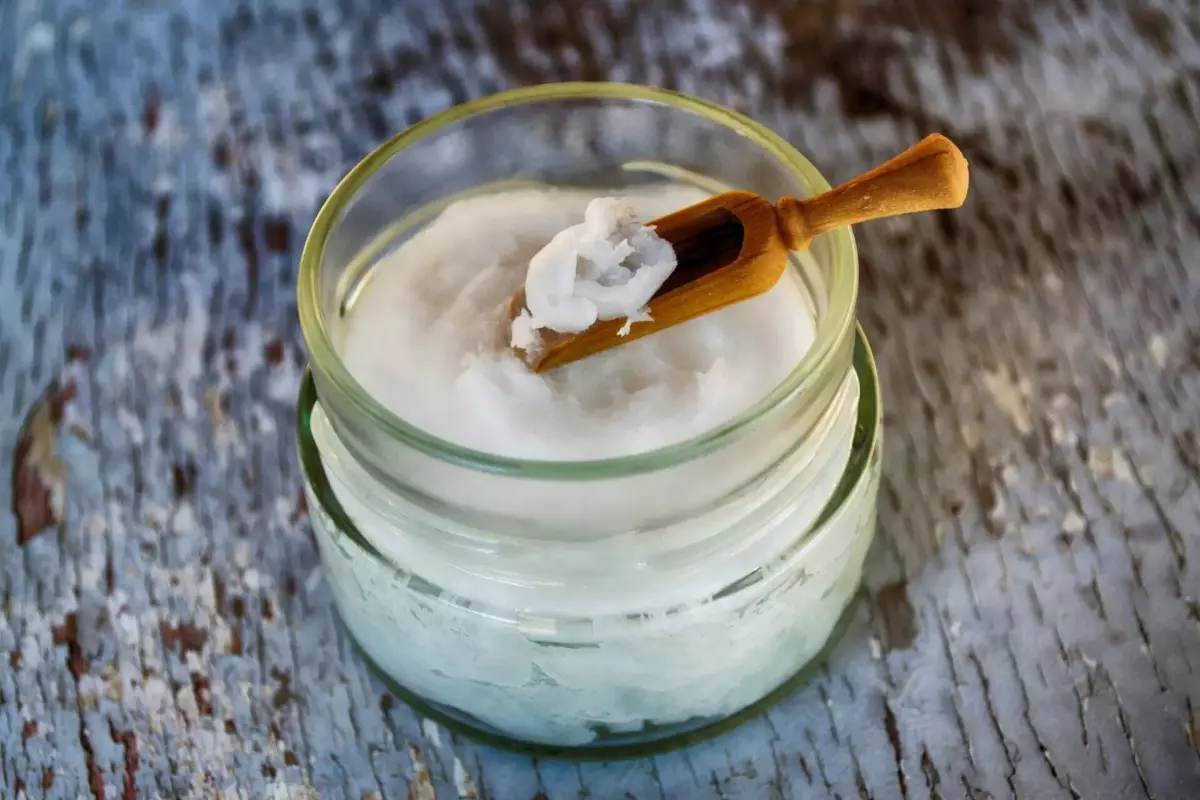

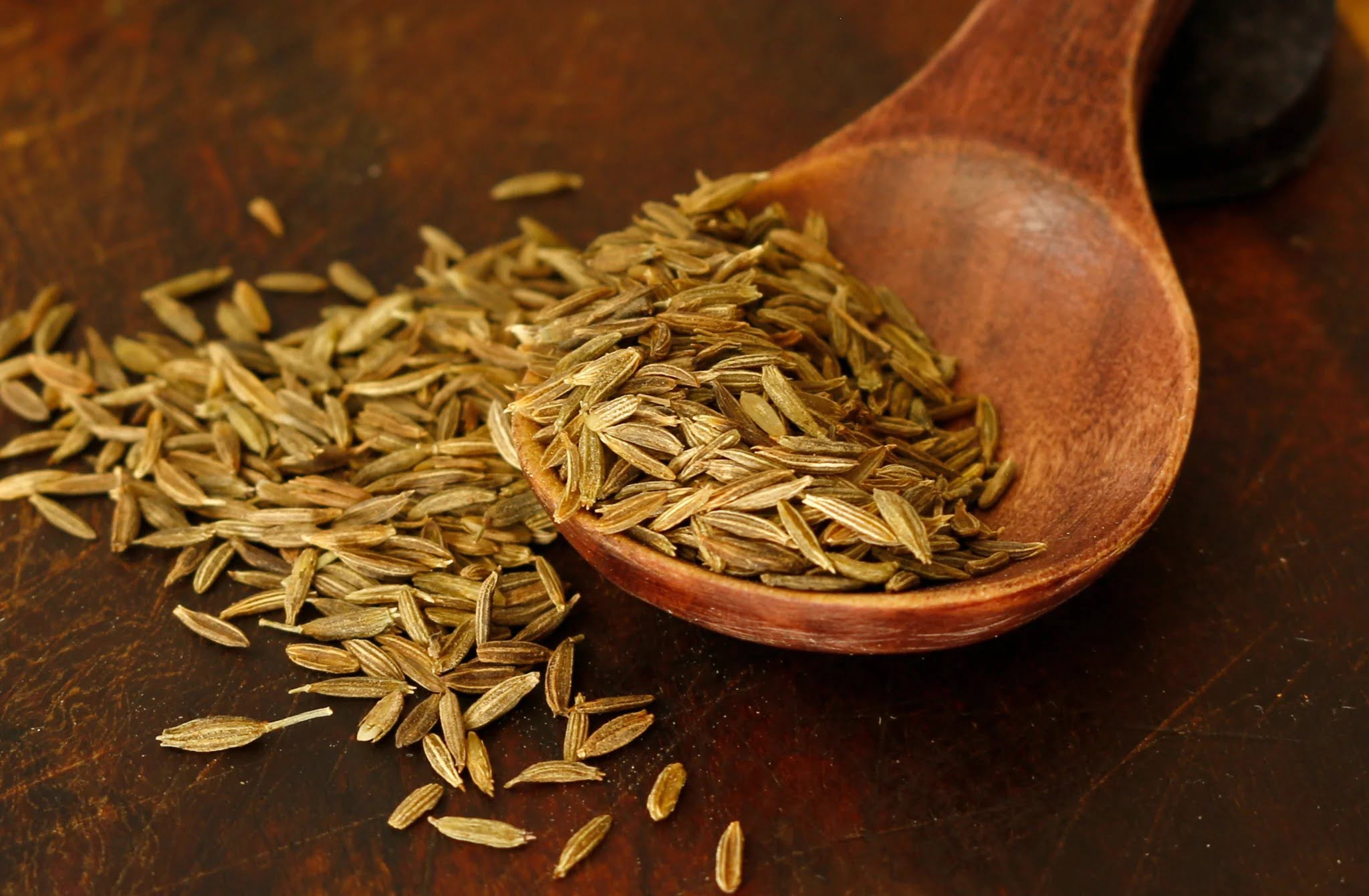
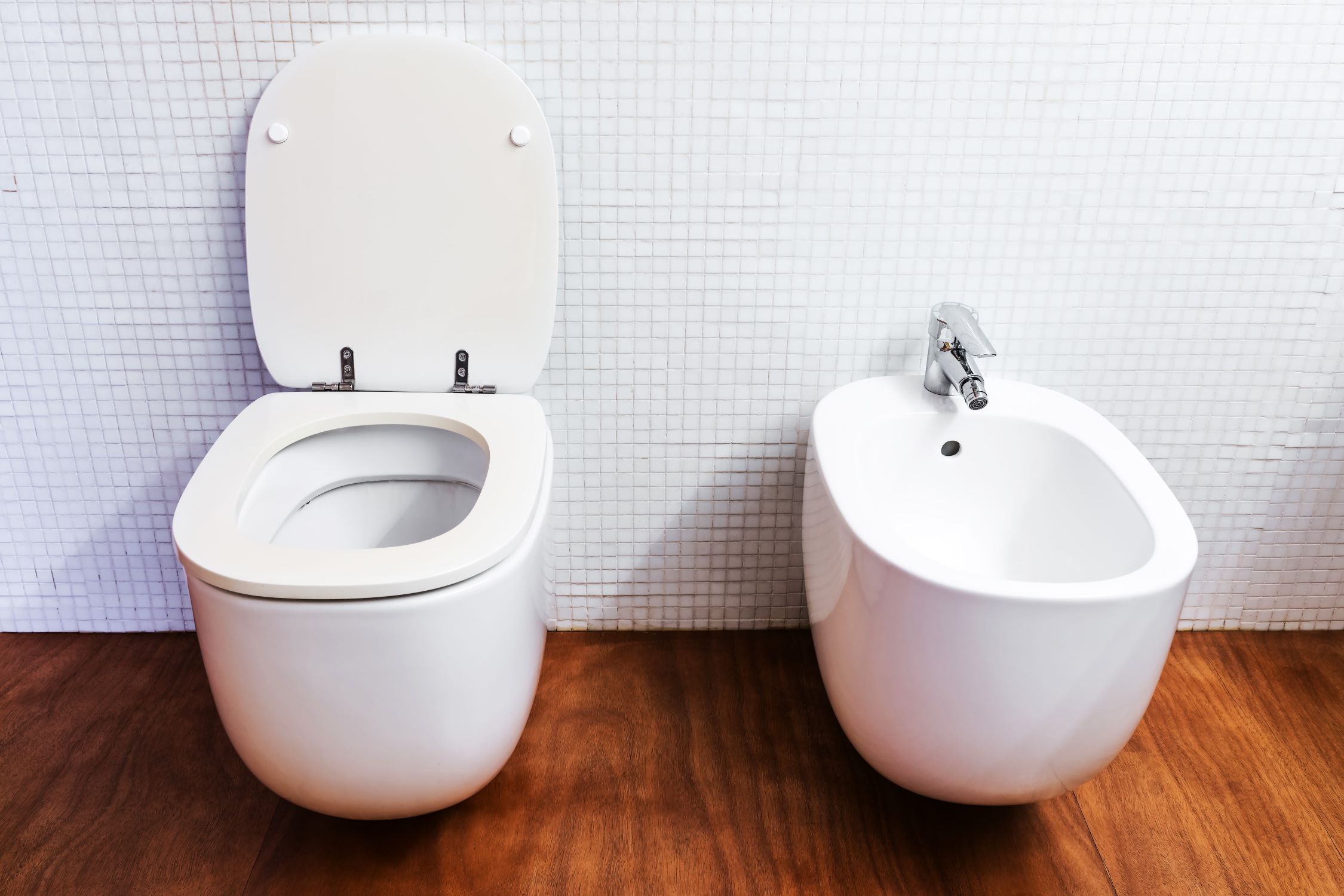
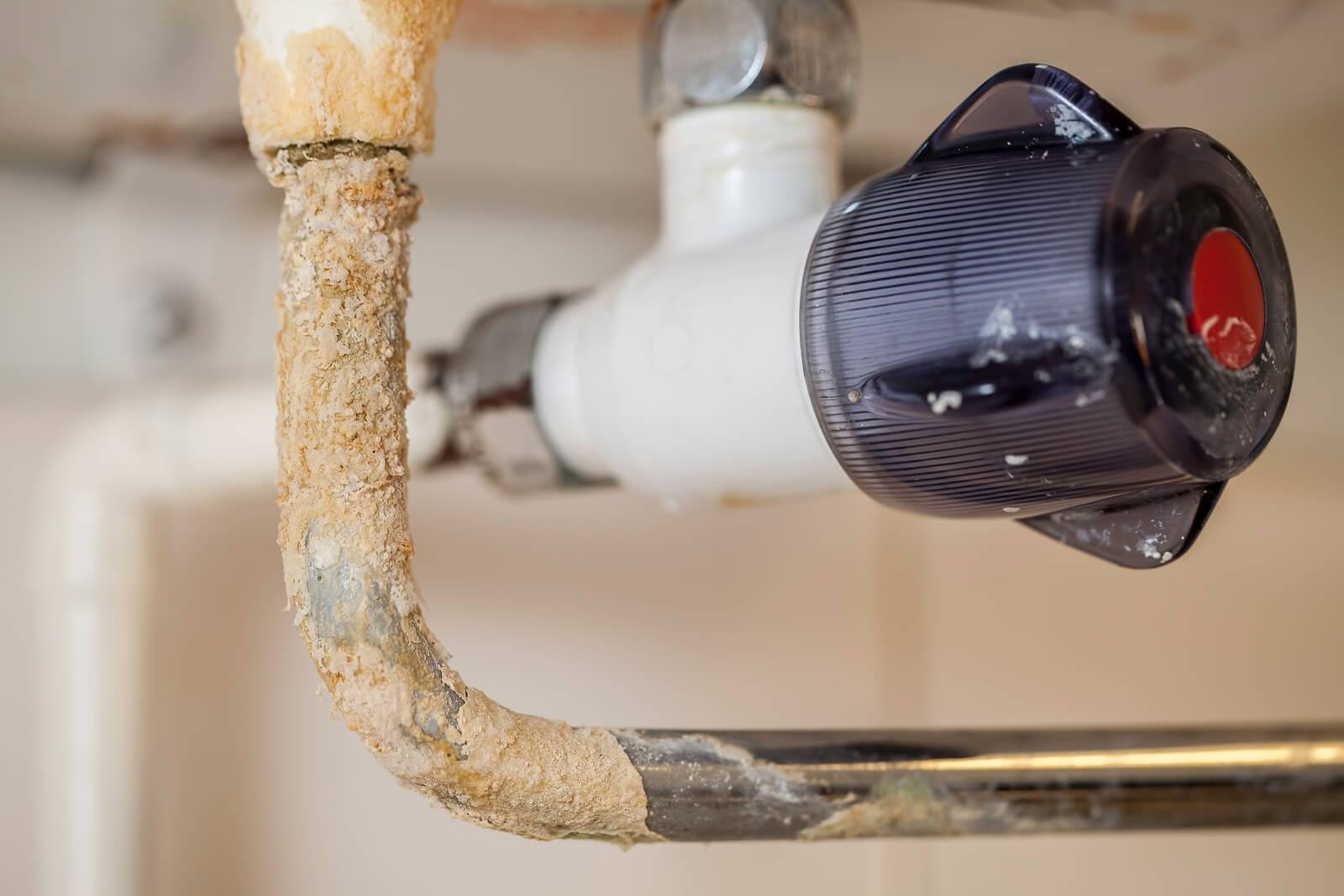

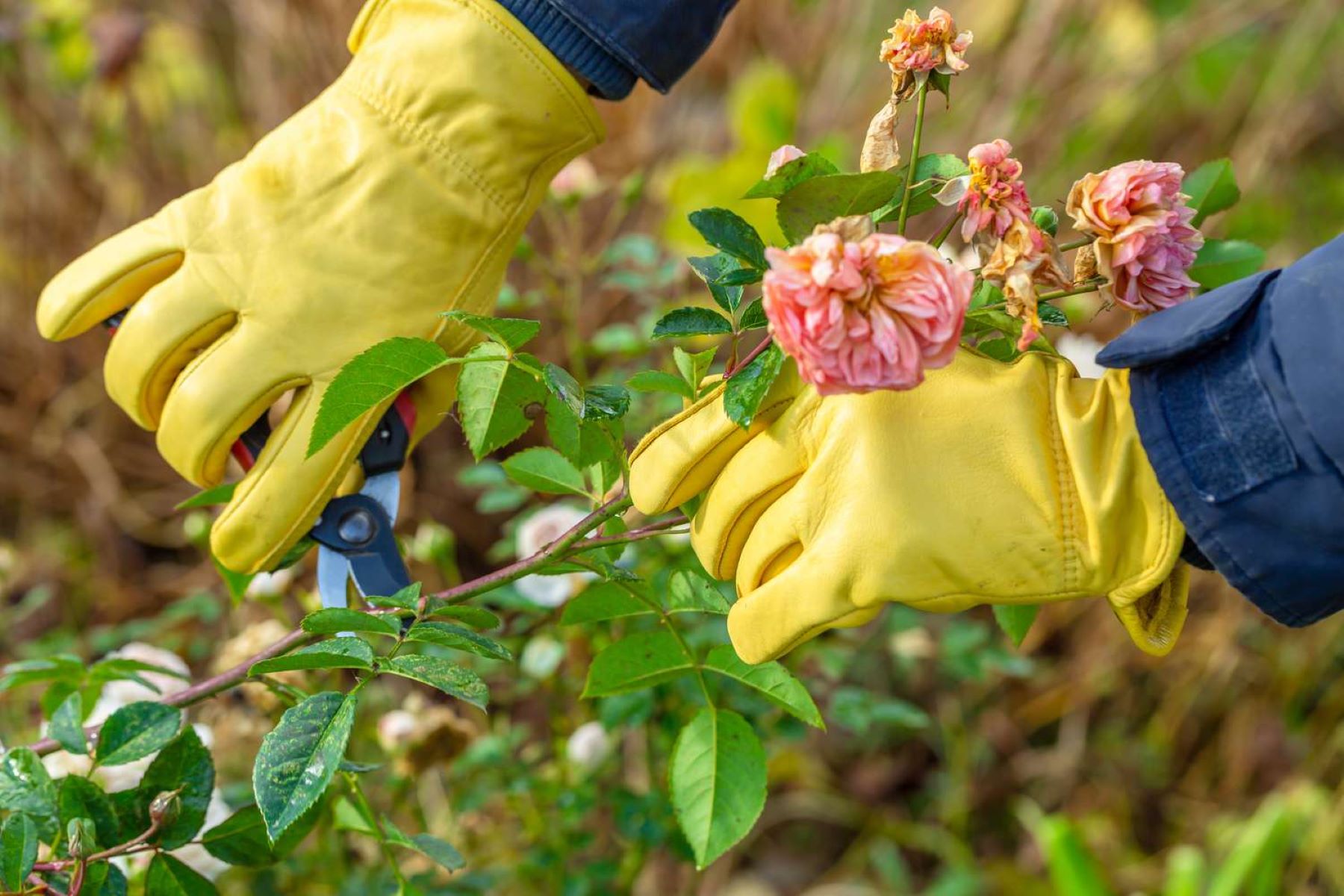





0 thoughts on “Where Does Sink Water Come From”